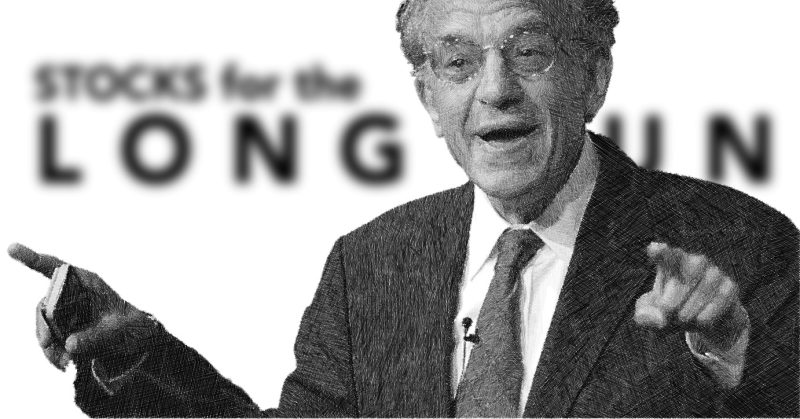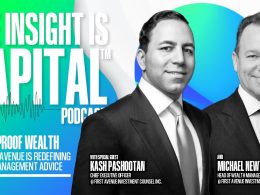by Professor Jeremy J. Siegel, Senior Economist to WisdomTree and Emeritus Professor of Finance at The Wharton School of the University of Pennsylvania
After Friday’s close, Moody’s downgraded U.S. treasuries, as S&P had 14 years ago, in 2011. I criticized the downgrade then…and I do now. The government cannot technically default, as the Fed can always buy the bonds for any auction. The question is not whether a payment will be made, but what the dollar will be worth. Although the long-term projections of debt growth are unsustainable, I see a lot of debt capacity in the near term before this becomes a problem. As of Sunday night, futures are down by about 75 bps, and I don’t think there will be much further reaction to Moody’s action.
The equity markets closed last week in a buoyant mood, showing remarkable resilience despite looming tariff uncertainties. The S&P 500 has been buoyed by the recent trade news, positive economic data and a softer-than-expected CPI report. Core and overall CPI came below expectations. While the Fed isn’t in a hurry, recent data provides ammunition for a potential cut, especially if inflation remains tame.
The tariff discussion has come into sharper focus. I expect a 10% across-the-board tariff, with a heftier 30% on China, alongside targeted tariffs on aluminum and steel. The market seems to believe it can handle this 10/30 structure, assuming no escalation in retaliatory tariffs. If this assumption holds, we may avoid another downdraft.
However, I’m clear-eyed about the impact: these tariffs aren’t good for the market. Stocks would be higher without them, but the market’s current pricing suggests it can absorb the expected hit at current rates. Offsetting this negative are several tailwinds—oil prices are down, the dollar has weakened by 10% which boosts multi-national earnings, and AI-related spending continues to drive growth. NVIDIA, for instance, once thought to be faltering post DeepSeek, is now not far from its all-time high and was stimulated from AI spending plans in the Middle East with Trump’s visit there last week.
Consumer sentiment, however, has a more complex, cloudier picture. The University of Michigan’s latest index came out shockingly low. Expectations of future inflation came in at 7.3% over the next year. This is far out of step with economic forecasts, which suggest tariffs might add 1 to 1.5 percentage points to inflation, bringing it closer to 4%. Longer-term inflation expectations of 4.4% to 4.6% are equally disconnected from market indicators like inflation swaps. This pessimism may stem from media-driven fears, but it hasn’t yet translated into reduced spending. GDP estimates for this quarter remain stable at 2 to 2.5%, and I expect a tax plan to pass, providing further support.
On the interest rate front, the 10-year Treasury yield has settled at 4.5%, with a small bump possible from Moody’s downgrade. Earlier in the year, I had anticipated the 10-year might climb closer to 5%, but with oil prices softening and the dollar down, foreign demand for Treasuries remains strong. The Fed has room to cut rates, especially if it looks past the one-time price bump from tariffs. President Trump’s recent trip to the Middle East, particularly Saudi Arabia, is a significant positive. A potential durable peace with Iran could bring more oil online, ensuring low prices for the foreseeable future—a boon for non-oil markets and a reason for Saudi Arabia to diversify alongside the U.S.
Looking ahead, the market’s resilience, coupled with AI momentum and geopolitical wins, makes me more optimistic than I had been a month ago. While tariffs remain a headwind, the tax cut and a potential easing of tensions in the Middle East could propel equities closer to all-time highs. Investors should stay focused on the long term, balancing the tariff challenges with these emerging opportunities.
Copyright © WisdomTree














